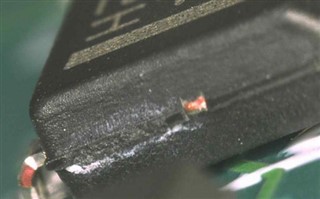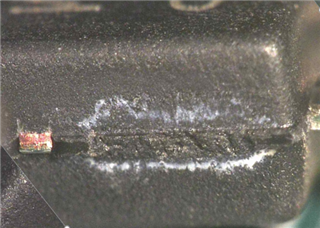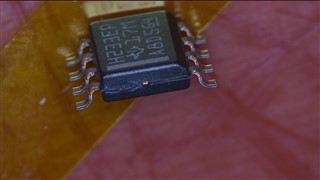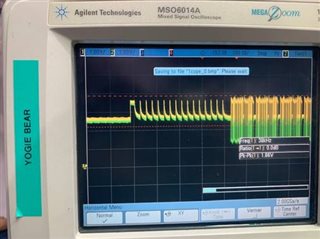Hello Team,
We received a complain from our customer: x9 out of x9 PCAs that we built failed the test.
(Who is dedicated to oil energy services.)
After troubleshooting, the failure is from PN: SN65HVD233MDREP.
The test was passed after replacing the part with a new one.
Our customer discovered some white markings/residues and fracture-like traces on the package
(We do also see the same white markings/residues on the raw material.)
Could you please help us verify what are these white markings/residues?
(It is just a cosmetic issue or it is something related to function?)
Much appreciated.










